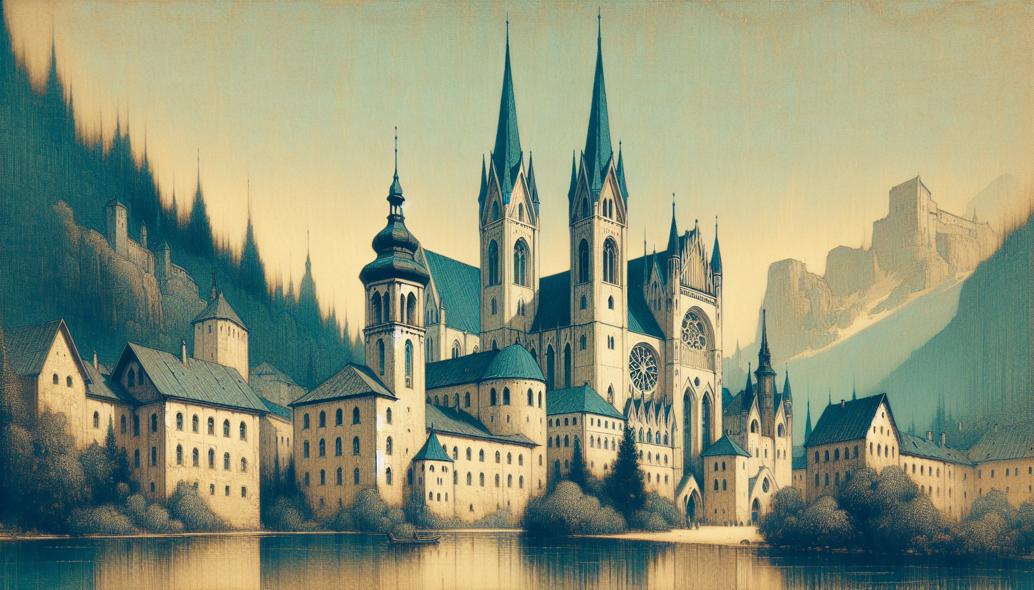The Art of Drawing - Techniques for Realistic Sketching
Unlock the secrets of realistic sketching by mastering shading, proportions, and textures. Dive into a world where your drawings transform into lifelike masterpieces, capturing the depth and richness of reality.

The Art of Drawing: Techniques for Realistic Sketching
The pursuit of realism in drawing is a journey that combines fascination and technique, steering artists to capture the world with precision and depth. Drawing realistically requires knowledge, practice, and an understanding of how to translate three-dimensional objects onto a two-dimensional medium. In this blog post, we'll delve into several critical aspects of realistic sketching from mastering shading techniques to understanding proportions and textures, equipping you with the necessary skills to enhance your artistic endeavors.
Understanding Realistic Drawing
Realistic drawing is an art form that strives to capture the world as it appears to the naked eye. Unlike other artistic expressions that may emphasize abstraction or stylization, realism focuses on detail and accuracy. It is about translating the intricacies of the subject—be it the extraordinary hues of a landscape or the nuanced expressions on a human face—into a lifelike representation on paper.
The practice of realistic drawing not only hones technical skills but also enhances one's ability to observe and interpret the elements around us. The journey of mastering this art form is as much about refining your visual perception as it is about perfecting your drawing techniques.
The Essentials of Sketching
Sketching forms the backbone of any drawing. A sketch is the preliminary stage where ideas are explored and compositions crafted. It is crucial to approach sketching with a mindset that it is not about perfection but capturing the essence and foundational structure of what you intend to develop further.
Shading Techniques: Crafting Depth and Dimension
Shading is one of the most vital tools in the artist's arsenal for creating realistic drawings. It serves the purpose of bringing depth, volume, and dimension to your sketches. Several shading techniques can be used to achieve different effects, which every aspiring realist should master.
- Hatching and Cross-Hatching: These are among the simplest yet most effective methods of shading. Hatching uses closely spaced parallel lines, while cross-hatching involves layering these lines at different angles. They are perfect for creating a range of tones and textures.
- Blending: This technique involves smudging or blending graphite or charcoal using tools like tortillons or even your fingers to soften lines and create smooth gradients.
- Stippling: This involves using dots to create tone, with denser areas of dots creating darker shades. This meticulous method is great for achieving a sense of texture and pattern, especially in natural elements like foliage or fabric.
- Contouring: Following the form of the subject with curved lines can enhance the three-dimensional effect, giving your drawing a sculptural quality.
- Erasing: Often underestimated, the eraser is a powerful tool for sculpting light into your drawing, perfect for highlighting and adding dimension.
Proportion: The Foundation of Accuracy
Proportion is about ensuring that all parts of your subject correlate correctly, maintaining balance and harmony within your composition. Incorrect proportions can quickly derail a piece, signaling even to the untrained eye that something is amiss.
- Measuring Techniques: Use the pencil measurement technique by holding your pencil at arm's length to compare sizes and angles of different elements of your subject. This assists with maintaining correct proportions.
- Grid Method: Especially useful for complex compositions or portraits, creating a grid over your reference image and your drawing surface can help in accurately transferring small sections of the drawing.
- Sight-Size Method: Position your drawing surface and your subject so they appear at the same size from your point of view, aiding in direct comparison to ensure accuracy.
Harnessing Texture to Enhance Realism
Texture plays a crucial role in realistic drawing, as it brings the surface qualities of the subject to life. Whether you are illustrating the smoothness of glass or the roughness of stone, mastering texture produces drawings that are engaging and lifelike.

- Observation: Spend time studying the textures around you. Notice how light interacts with different surfaces, altering their appearance based on their material qualities.
- Repetition and Variation: For organic textures, such as wood grain or fabric folds, use repetitive but varied marks, incorporating a sense of irregularity that mimics their natural chaos.
- Using Different Tools: Experiment with different graded pencils or charcoal hardness to achieve variety in texture. Incorporating unconventional tools like palette knives or brushes can also simulate unique textural effects.
Improving with Practice and Patience
Realistic drawing is as much about patience and practice as it is about technique. Regular practice trains your hand to faithfully reproduce what your eye sees and sharpens your ability to notice finer details that might be overlooked.
Additionally, critique and feedback are invaluable. Sharing your art with others allows you to gain new perspectives and insights that can greatly enhance your skills. Remember, every artist encounters challenges in their journey. What matters is perseverance and a willingness to learn from every sketch and drawing you commit to paper.
Conclusion
Mastery in realistic sketching is an ongoing journey of exploration and skill-building. By delving into shading, understanding proportions, and capturing textures, you will forge a path towards greater artistic accomplishments. Embrace the process, take each challenge as an opportunity to grow, and immerse yourself in the absorbing world of realistic drawing. In time, your sketches will not only reflect the world around you with greater authenticity but also resonate with the artistry inherited through dedicated practice and passion.
Try the Picture Frame Generator
Upload your artwork, preview different frames, and download a realistic framed image in minutes.
Try the Picture Frame Generator